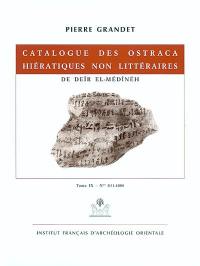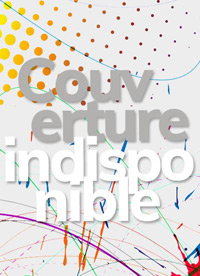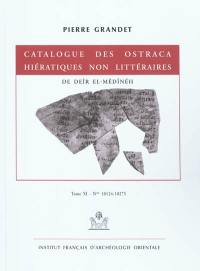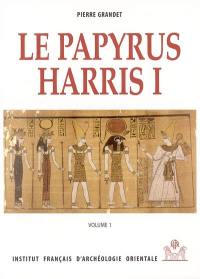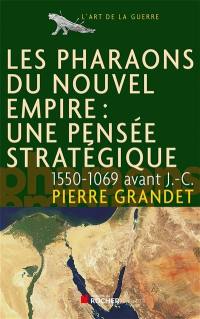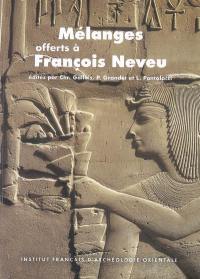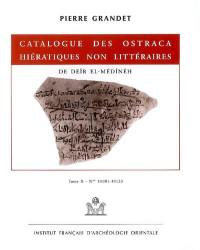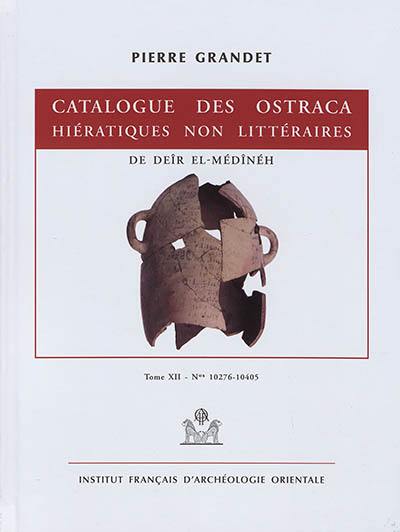
Fiche technique
Format : Relié
Nb de pages : XX-445 pages
Poids : 2345 g
Dimensions : 25cm X 33cm
ISBN : 978-2-7247-0701-4
EAN : 9782724707014
Quatrième de couverture
Ce douzième fascicule du Catalogue des ostraca hiératiques non littéraires de Deîr el-Médînéh comprend la photographie, le fac-similé, la transcription hiéroglyphique, la translittération et la traduction commentée de 130 ostraca provenant du site et déposés pour étude à l'Ifao. Ces documents sont représentatifs des diverses catégories dans lesquelles on range traditionnellement les ostraca documentaires : documents institutionnels et privés et subdivisions de ces deux grandes catégories (journaux, distributions de biens, lettres, dépositions, etc.). On remarque quelques spécimens exceptionnels, tant par la forme que par le contenu, comme un document reconstitué à partir de 30 fragments différents d'un même vase, ou des documents enregistrant, sous forme de liste nominative, la contribution en nature apportée par un grand nombre de personnes (en majorité des femmes) à l'organisation de banquets communautaires.
On notera que l'accessibilité toujours plus grande de la photographie infra-rouge et des nouvelles technologies de manipulation numérique de l'image a aidé à la lecture de textes qu'on ne déchiffrait jusque-là que très difficilement.
This twelfth issue of the Catalogue des ostraca hiératiques non littéraires de Deîr el-Médînéh includes the photography, the fac-simile, the hieroglyphic transcription, the transliteration and the annotated translation of 130 ostraca originating from the site and deposited at the Ifao for their study. These documents are representative of the various categories that one usually uses to classify the documentary ostraca : institutional and private documents and sub-categories within these two main categories (journals, supplies of commodities, letters, depositions, etc.). Some exceptional specimens - both in scale and in contents - are worth mentioning, such as a document resulting from the combination of 30 fragments of the same vessel, as well as some documents, in a tabular form, listing the details of the tributes brought in kind by a large number of people (mainly women) for the organisation of communal banquets. It is fitting to stress how the growing accessibility to infra-red photography or to the new digital image enhancing technologies facilitates the reading of texts that were almost inaccessible hitherto.






